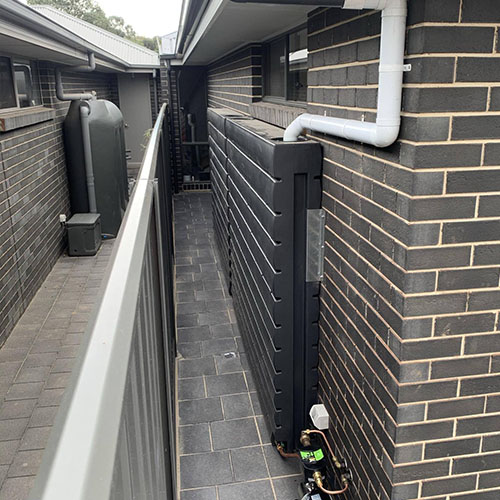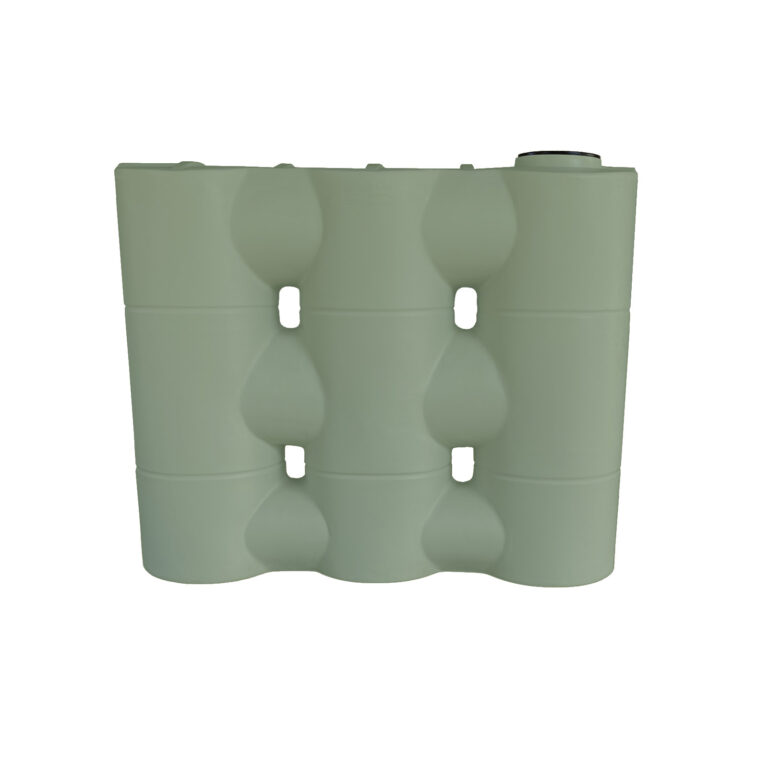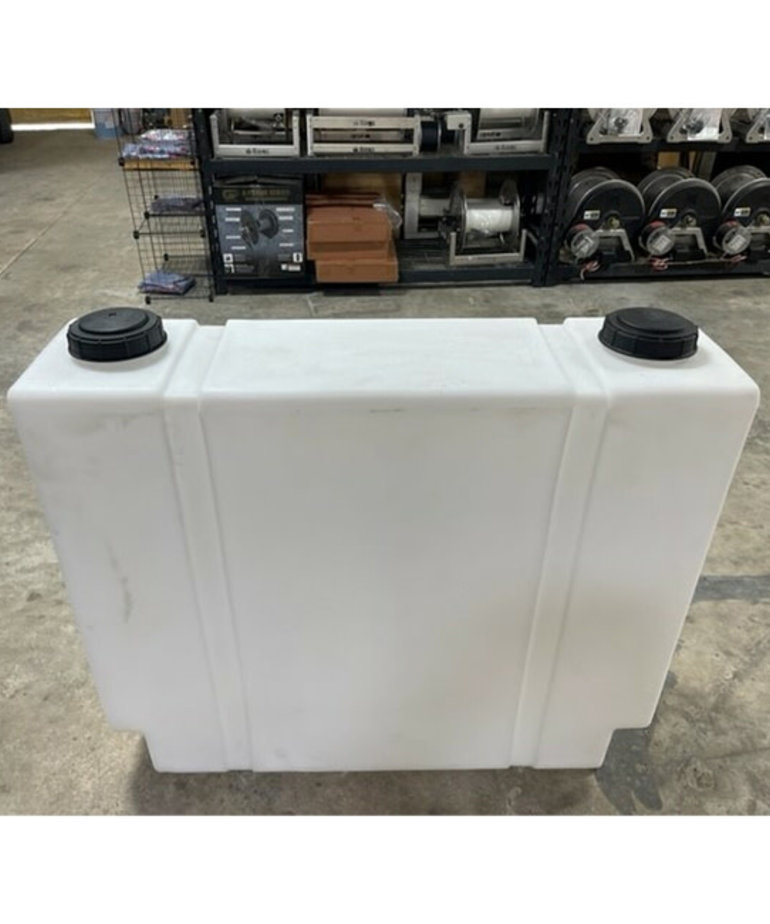High-grade Slimline Water Tanks: Efficient and Space-Efficient Solutions
Wiki Article
Understanding the Significance of Rain Tanks in Drought-Prone Regions for Water Security
In areas vulnerable to prolonged dry spells, the role of rain storage tanks in bolstering water protection is a topic of expanding significance. As areas come to grips with the challenges of water scarcity, recognizing the relevance of these tanks surpasses plain collection of rainwater. Rain storage tanks offer as an important device in minimizing the impact of water scarcities by providing a lasting source of water for different demands. The true worth of rain containers extends much past mere storage; it includes resilience-building actions and the promotion of long-lasting water preservation strategies. This multifaceted technique to water security warrants a better assessment of the duty rainwater tanks play in making sure a reliable supply of water throughout times of dry spell.Advantages of Rain Containers
Utilizing rainwater tanks offers a sustainable solution for enhancing supply of water and enhancing water safety and security in domestic and commercial settings. One of the primary advantages of rain storage tanks is their capability to decrease reliance on mains water supply. By recording and saving rain that falls on rooftops, this different resource can be utilized for various non-potable purposes such as watering, purging bathrooms, and washing garments. This not just saves treated alcohol consumption water yet likewise lowers water bills for customers.
Rain Harvesting Methods
Rain gathering methods include a variety of techniques developed to effectively gather and store rainwater for various purposes, contributing to water preservation and sustainability. One usual strategy is the setup of rooftop catchment systems, where rainwater is collected from the roof of a building and directed to a tank. This technique is fairly easy and cost-effective. Another preferred strategy is using above-ground or underground tank to keep rainwater for later use. These storage tanks come in numerous dimensions and materials to suit different demands and can be attached to the existing plumbing system for easy accessibility.
Additionally, rainfall yards and permeable pavements are innovative strategies that involve landscaping or paving surface areas in a manner that allows rainwater to percolate right into the ground, restoring groundwater reserves. Furthermore, shape farming and terracing are farming practices that help catch rain and protect against dirt erosion in hilly terrain. By applying these diverse rainwater harvesting techniques, neighborhoods can improve water security and strength in drought-prone areas while promoting sustainable water management methods.
Value of Water Security
Ensuring reputable accessibility to tidy and enough water sources is extremely important for maintaining human health, financial growth, and environmental health. Water protection is a crucial aspect of societal resilience, particularly in regions susceptible to droughts and water deficiency. Adequate water safety and security encompasses various dimensions, consisting of schedule, top quality, and access of water for residential, agricultural, industrial, and environmental demands.Water protection plays an important function in promoting public health by reducing the frequency of waterborne conditions and making sure cleanliness facilities. Financially, water protection is necessary for farming efficiency, industrial operations, and general economic development. Slimline water tanks. Water protection is carefully connected to environmental sustainability, as it sustains environments, biodiversity, and overall eco-friendly balance.
In drought-prone regions, water safety becomes a lot more critical because of the heightened threat of water lacks. Implementing directory strategies like rain harvesting, water recycling, and reliable water management methods can considerably boost water safety and security in these locations. By prioritizing water safety, neighborhoods can better stand up to the influences of climate modification, populace growth, and other obstacles that threaten water accessibility.
Enhancing Water Strength
With raising global water difficulties, building durability in water supply has actually become a vital emphasis for sustainable development efforts. Enhancing water strength entails implementing techniques to make sure water schedule and top quality when faced with transforming ecological problems, such as droughts, floods, and pollution.One secret element of boosting water strength is advertising making use of rainwater tanks in drought-prone areas - Slimline water tanks. Rain containers function as an effective means of capturing and storing rainwater for later use, reducing reliance on scarce look at these guys freshwater resources throughout completely dry durations. By incorporating rain harvesting systems right into water monitoring strategies, areas can boost their capacity to hold up against water deficiency and preserve water protection

Sustainable Water Conservation
In the middle of rising water challenges, the prudent administration of water sources via sustainable conservation methods is imperative for making sure long-lasting ecological security and societal well-being. Sustainable water conservation involves the effective usage of water sources to fulfill existing needs without compromising the capability of future generations to fulfill their very own needs. By implementing strategies such as rainwater harvesting, greywater recycling, and water-efficient technologies, communities can decrease water wastage and minimize pressure on freshwater sources.Additionally, sustainable site water conservation practices add to ecosystem health by maintaining adequate water levels in rivers, lakes, and wetlands, sustaining biodiversity, and maintaining all-natural environments. These methods likewise play a vital function in alleviating the effects of climate change by helping to adjust to changing rainfall patterns and water schedule.

Final Thought
To conclude, rainwater tanks play a critical role in improving water protection and resilience in drought-prone regions. By using rain harvesting strategies, communities can decrease their dependence on typical water sources and promote sustainable water conservation methods. This not just aids mitigate the impacts of water shortage during dry spells yet additionally contributes to long-term water safety and strength in the face of climate change difficulties.Report this wiki page